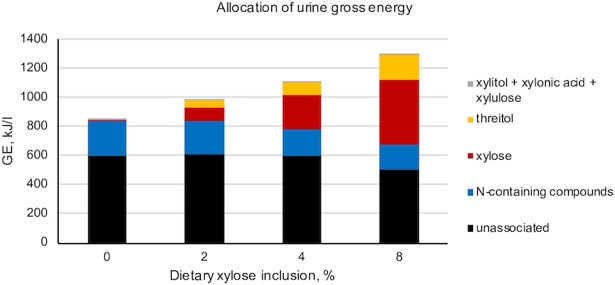Fig 3. Allocation of urine gross energy (GE) from xylose, metabolites, and nitrogen (N)-containing compounds.
Pigs (n = 12/treatment) were fed diets containing either 0, 2, 4, or 8% D-xylose. The presented values are treatment averages across 3 different collection periods. The effect of treatment was significant for all variables (P ≤ 0.042). Dietary xylose concentration linearly impacted each variable (linear contrast P ≤ 0.012) except the unassociated fraction. Increasing dietary xylose concentration increased the urine GE (kJ/l) contributed from xylose (SEM = 17.4), threitol (SEM = 8.6), and the combination of all lesser metabolites (xylitol, xylonic acid, and xylulose; SEM = 0.3), but decreased the GE contributed from N-containing compounds (SEM = 17.0). The amount of urine GE unexplained by the xylose, its metabolites, or N-containing compounds (SEM = 45.3) was not different among the 0, 2, and 4% treatments (P ≥ 0.416) but was lower in the 8% treatment (P = 0.042).

